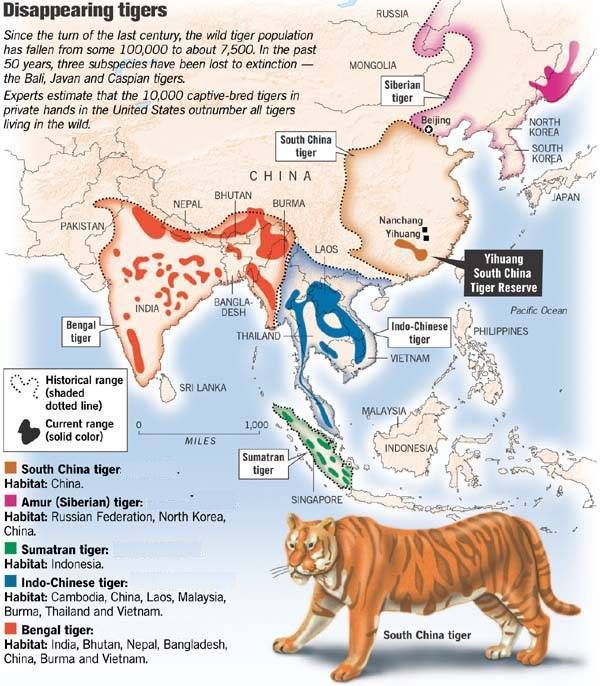Platypus
1. Platypus; species name Ornithorhynchus anatinus, there are an estimate 300,000 left in the wild. Male platypus are about 50cm long and weigh around 1.5kg. Female platypus are about 40 cm long and weigh around 1kg. They have a soft, wet, rubbery bill that they use to find food. They have small furs that usually range from light brown to dark brown. Believe it or not, platypus are venomous. While there are no recorded deaths from platypus bites, they have enough venom to kill a human.
2. Platypus homeland is the continent of Australia, mostly eastern Australia. In fact, there are only two platypus that live outside of Australia, both of those being located at the San Diego Zoo.
3. Platypus are what's known as a bottom-feeder so they tend to pick off the insects and organisms at the bottom of the food chain. Their diet mainly consists of insects, shellfish, and worms. They have many natural predators, some of which including snakes, water rats, goannas, crocodiles, Tasmanian devils, monitor lizards as well as foxes, cats and dogs.
4. Deforestation and land-clearing has been a huge problem from platypus. Dams, droughts, bushfires, and climate change have also had a major impact in their population decline. They are known for one region and aren't spread out across the world, their region has gotten smaller and smaller over the years.
5. Even though they are endangered, platypus are a key part of the ecosystem. They are prey for a large number of predators, if they go extinct their predators go hungry. The eggs platypus lay create valuable rich nutrients for the soil.
6. WWF-Australia is a main contributor to platypus conservation but they do a lot of conservation for all kinds of animals and habitats. More specific conservation efforts directed towards platypus are made by the Australian Platypus Conservancy. The San Diego Zoo and the Australian Conservation Foundation have a specific division dedicated to conserving platypus habitats. The University of New South Wales and Ipswich City Council have created projects to encourage conservation efforts. By researching ecology, evolution, distribution and abundance they have been begone to understand where to gear their conservation efforts. Royal National Park in Sydney, Australia just reintroduced four new female platypus in effort to help restore the population.
7. San Diego Zoo Wildlife Alliance has created innovative eDNA technology used to track platypus. They use this tracking to find out more about the species in freshwater ecosystems. The technology works by collecting the traces of DNA platypus leave behind when the swim through water. The data they collect and the analyst they gather from that data is used to create a spatial map of the species in hundreds of waterways in southeastern Australia.
8. You can donate your time or money to anyone of the organizations I have mentioned in this blog.
Reach out to politicians and keep pushing the issue.
Get the word out on social media.
Create a community of likeminded people and work together to spread awareness.
Support or create business that supports animal conservation.









Comments
Post a Comment